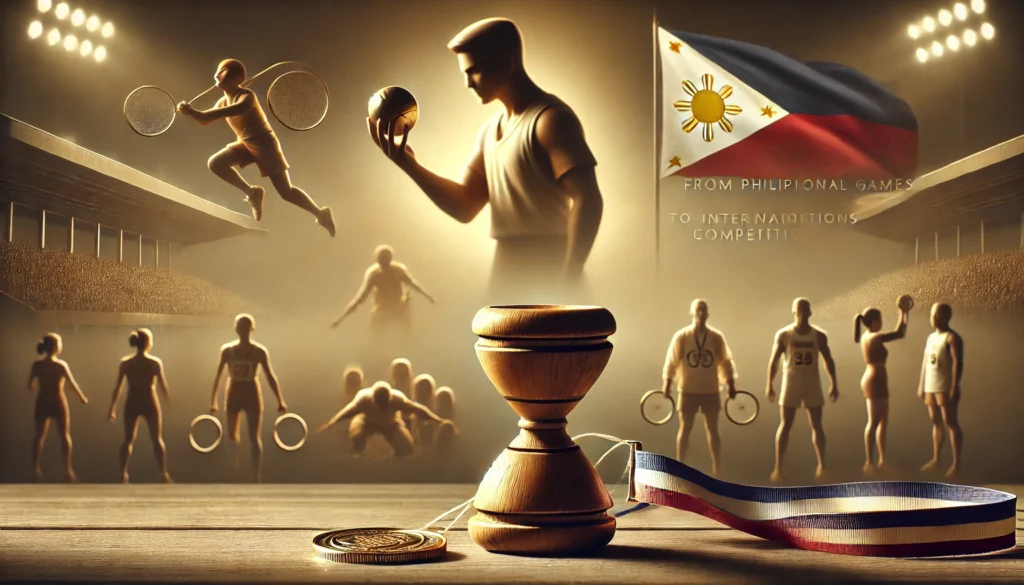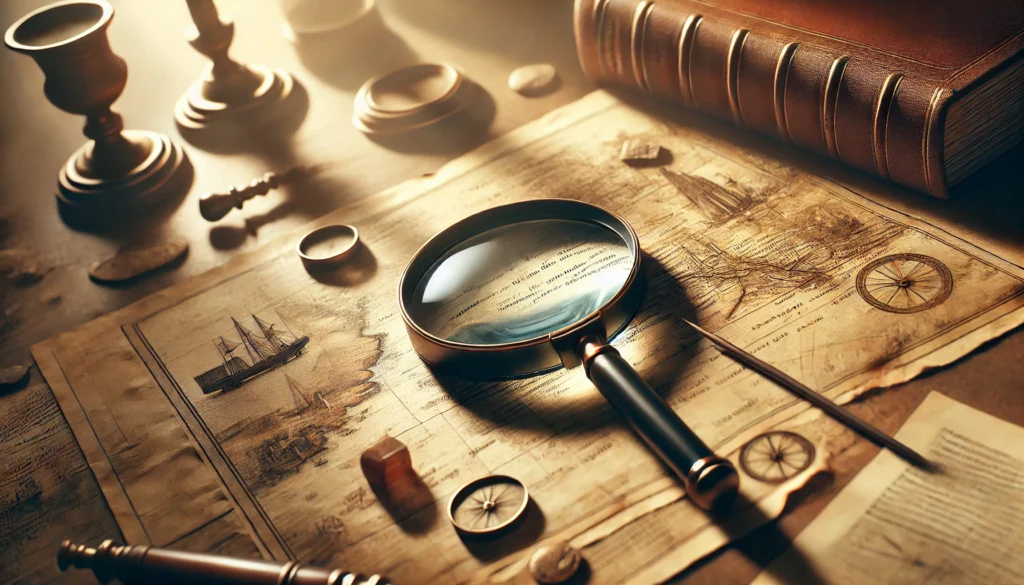The history of sports in the Philippines stretches back centuries before the arrival of Western colonizers. In the pre-colonial era, various indigenous games and physical activities were integral to Filipino culture, serving both recreational and practical purposes. These traditional games often mimicked hunting techniques, warfare strategies, or daily tasks, helping to develop physical skills and cultural values.
Some of the most popular traditional Filipino games include:
- Arnis (also known as Kali or Eskrima): A martial art and stick-fighting sport
- Sungka: A strategy game played with shells or stones
- Laro ng Pusoy Dos: A card game similar to poker
- Tumbang Preso: A game involving knocking down a can with slippers
These games not only provided entertainment but also fostered community bonds and helped preserve cultural heritage. Many of these traditional sports continue to be played today, particularly in rural areas and during cultural festivals.
Spanish Colonial Period: Introduction of Western Sports
1565-1898
The arrival of Spanish colonizers in 1565 marked a significant shift in Philippine sports culture. Over the next three centuries, Western sports and games were gradually introduced to the archipelago, blending with and sometimes replacing traditional Filipino games.
Cockfighting and Bullfighting
Two of the most popular sports introduced during the Spanish colonial period were cockfighting (sabong) and bullfighting. Cockfighting, in particular, became deeply ingrained in Filipino culture and remains popular to this day, despite controversial animal welfare concerns.
Introduction of Baseball
Towards the end of the Spanish colonial period, American sailors and traders introduced baseball to the Philippines. The sport quickly gained popularity, especially in Manila, laying the groundwork for its future prominence in Philippine sports.
American Colonial Era: The Birth of Modern Philippine Sports
1898-1946
The American colonial period brought about a revolution in Philippine sports, introducing a wide array of new athletic activities and formalizing sports education and competition.
Physical Education in Schools
In 1901, the American colonial government established a public school system in the Philippines, which included physical education as a core subject. This move significantly boosted sports participation among Filipino youth and laid the foundation for the country’s future athletic achievements.
Popular American Sports
During this period, several American sports gained widespread popularity in the Philippines:
- Basketball
- Baseball
- Boxing
- Track and Field
- Swimming
Basketball, in particular, became enormously popular and would go on to be considered the country’s de facto national sport.
First International Competitions
The American colonial era also saw the Philippines participating in its first international sports competitions. In 1913, the country joined the Far Eastern Championship Games, competing against Japan and China in various sports.
Post-World War II Era: Rise of Philippine Sports on the Global Stage
1946-1970s
After gaining independence in 1946, the Philippines continued to develop its sports programs and achieve international recognition in various disciplines.
Olympic Participation
The Philippines first participated in the Olympic Games in 1924, but it was in the post-war period that Filipino athletes began to make their mark on the global stage. Notable achievements include:
| Year | Athlete | Sport | Medal |
|---|---|---|---|
| 1928 | Teofilo Yldefonso | Swimming (200m breaststroke) | Bronze |
| 1932 | Teofilo Yldefonso | Swimming (200m breaststroke) | Bronze |
| 1932 | Jose Villanueva | Boxing (Flyweight) | Bronze |
| 1964 | Anthony Villanueva | Boxing (Featherweight) | Silver |
Basketball Dominance in Asia
During this period, the Philippines established itself as a basketball powerhouse in Asia. The national team won multiple gold medals in the Asian Games and dominated the FIBA Asia Championship (now known as the FIBA Asia Cup).
Boxing Glory
Filipino boxers also began to gain international recognition during this era. Flash Elorde became the country’s first world boxing champion in 1960, winning the World Junior Lightweight title.
The Marcos Era: Sports as National Pride
1965-1986
The presidency of Ferdinand Marcos had a significant impact on Philippine sports, with the government heavily investing in sports development as a means of promoting national pride and unity.
Creation of Project: Gintong Alay
In 1979, the Marcos administration launched Project: Gintong Alay, a comprehensive sports development program aimed at producing world-class athletes. The program focused on identifying and nurturing young talent in various sports disciplines.
Hosting International Events
During this period, the Philippines hosted several major international sporting events, including:
- 1978 World Basketball Championship
- 1981 Southeast Asian Games
- 1982 Asian Games
These events showcased the country’s ability to organize large-scale sporting competitions and further elevated the Philippines’ status in the international sports community.
Post-Marcos Era: Diversification and Professionalization
1986-2000
The years following the Marcos administration saw a diversification of sports interests in the Philippines and the increasing professionalization of various sports leagues.
Professional Basketball Leagues
The Philippine Basketball Association (PBA), established in 1975, continued to grow in popularity. In 1989, the Philippine Amateur Basketball League (PABL) was founded, providing another avenue for aspiring professional players.
Rise of Other Sports
While basketball remained the most popular sport, other disciplines began to gain more attention and support:
- Bowling: Paeng Nepomuceno won multiple world championships
- Billiards: Efren “Bata” Reyes and Francisco “Django” Bustamante achieved international success
- Chess: Eugene Torre became Asia’s first chess grandmaster in 1974 and continued to represent the Philippines in international competitions
The Modern Era: Globalization and New Challenges
2000-2023
The 21st century brought new opportunities and challenges for Philippine sports, with increased global connectivity and changing societal priorities.
Manny Pacquiao’s Impact
The rise of Manny Pacquiao to international boxing stardom in the 2000s had a profound impact on Philippine sports. His success not only inspired a new generation of boxers but also brought unprecedented attention to Philippine athletics on the global stage.
Continued Basketball Success
Philippine basketball continued to thrive, with the national team (nicknamed Gilas Pilipinas) achieving notable successes:
- Silver medal at the 2013 FIBA Asia Championship
- Qualification for the 2014 FIBA World Cup (first appearance since 1978)
- Gold medal at the 2019 Southeast Asian Games
Emerging Sports
In recent years, several sports have gained increased popularity and achieved international success:
- Weightlifting: Hidilyn Diaz won silver at the 2016 Rio Olympics and gold at the 2020 Tokyo Olympics (held in 2021 due to the COVID-19 pandemic)
- Gymnastics: Carlos Yulo won gold at the 2019 World Artistic Gymnastics Championships
- Skateboarding: Margielyn Didal competed in the 2020 Tokyo Olympics
Challenges and Opportunities
Despite these successes, Philippine sports continue to face challenges, including:
- Limited funding for many sports programs
- Inadequate sports facilities in many areas
- Brain drain of talented athletes to other countries
However, increased private sector involvement, improved grassroots development programs, and the rise of social media have created new opportunities for Philippine sports to grow and thrive.
The Future of Philippine Sports
As the Philippines continues to develop economically and socially, the future of sports in the country looks promising. With a rich sporting heritage, a passionate fan base, and a new generation of talented athletes emerging across various disciplines, Philippine sports are poised for continued growth and success on the international stage.
Key areas to watch in the coming years include:
- Further development of non-traditional sports
- Increased focus on women’s sports
- Integration of technology in sports training and performance analysis
- Expansion of e-sports and its recognition as a legitimate athletic pursuit
As Philippine sports continue to evolve, they will undoubtedly play a crucial role in shaping national identity, promoting physical fitness, and inspiring future generations of Filipino athletes to reach for greatness on the global stage.
Disclaimer: This blog post aims to provide an accurate overview of the history of Philippine sports up to 2023. However, given the vast scope of the topic, some details may have been omitted or simplified. We encourage readers to report any inaccuracies or provide additional information for prompt review and correction. Sports history is an evolving field, and new discoveries or interpretations may emerge over time.




